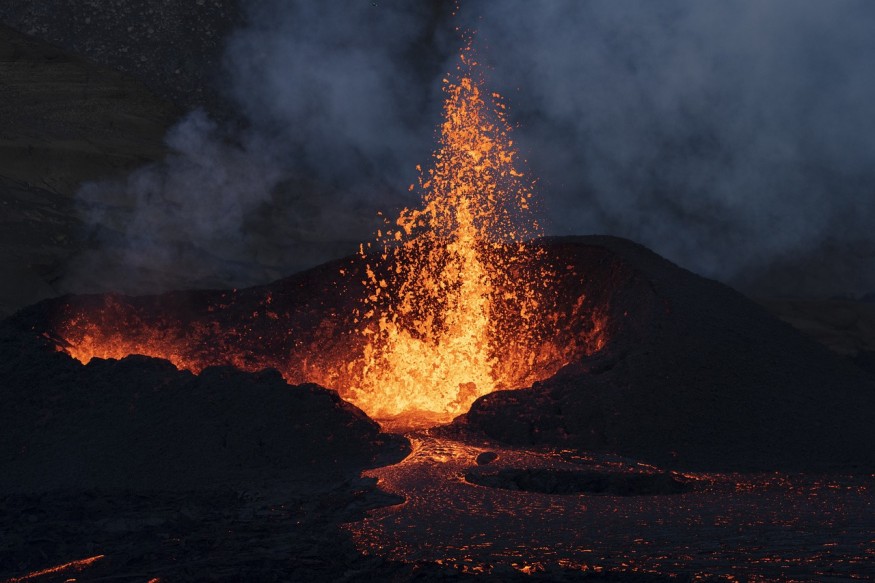Dual mass extinctions occurred 260 million years ago, long before the dinosaurs roamed the Earth. This is according to a new geological study led by China-based scientists, who asserted that not one but two planetary extinction events not recorded in the 'five mass extinction events' list occurred during the Capitanian Age, a geologic period of the Permian between 264 to 259 million years ago.
During this period, the researcher team involved in the new study determined that the known oxygen-depriving mass extinction event that killed many animals, including the carnivore Titanophoneus, also known as the "titanic murderer," occurred twice within a span of only three years. Both events were reportedly caused by a common natural phenomenon: volcanic eruptions.
In the past several decades, scientists like geologists, paleontologists, and other experts have uncovered the secrets behind Earth's prehistoric past, including climatic events that are familiar to us nowadays. In relation to the study, the team has found several evidence that links these ancient mass extinctions to the next one, wherein anthropogenic climate change and global warming is being blamed by scientists.
Dual Mass Extinctions

The geological study was published in the Earth and Planetary Science Letters, wherein an international team of scientists stated there is evidence that the mass extinction event 260 million years ago was not a single event but rather two called as the Capitanian extinctions caused by massive volcanic eruptions, as mentioned earlier.
The team was spearheaded by researcher Huyue Song who works at the China University of Geosciences and a former postdoctoral researcher at the University of California.
Song stated we are currently experiencing several global environmental issues, including global warming, biodiversity decline, ocean hypoxia, and seawater acidification, which resembles the environmental changes during the biological crisis interval of the Middle Permian, as cited by Phys.org.
Ancient Volcanic Eruptions
Meanwhile, Thomal Algeo, the study's co-author and a professor at the University of Cincinnati, said the team has been studying the biocrisis in the Permian Period but similar planetary warming is occurring today due to human activities. In particular, humans are "mimicking" the effects of the prehistoric volcanic eruptions millions of years ago by releasing carbon into the atmosphere.
The Earth and Planetary Science Letters research paper says the Capitanian biocrisis supports the causal effect between oceanic anoxia and mass extinction during the said period, wherein the most likely cause was global warming and oceanic anoxia triggered by magmatism in southwest China, in a place called the Emeishan Large Igneous Province.
Marine Anoxia
Ocean anoxic events are periods where a large amount of Earth's oceans is depleted of its oxygen, creating hazardous and toxic environments for marine life. The said event has been linked by scientists to global warming in the past. This means that even without a major volcanic eruption event in today's time, the next great extinction event could occur unless significant measures are taken.
In a separate study published in the journal PNAS in May 2022, researchers said marine anoxia is connected with abrupt global warming under icehouse conditions.
© 2025 NatureWorldNews.com All rights reserved. Do not reproduce without permission.





